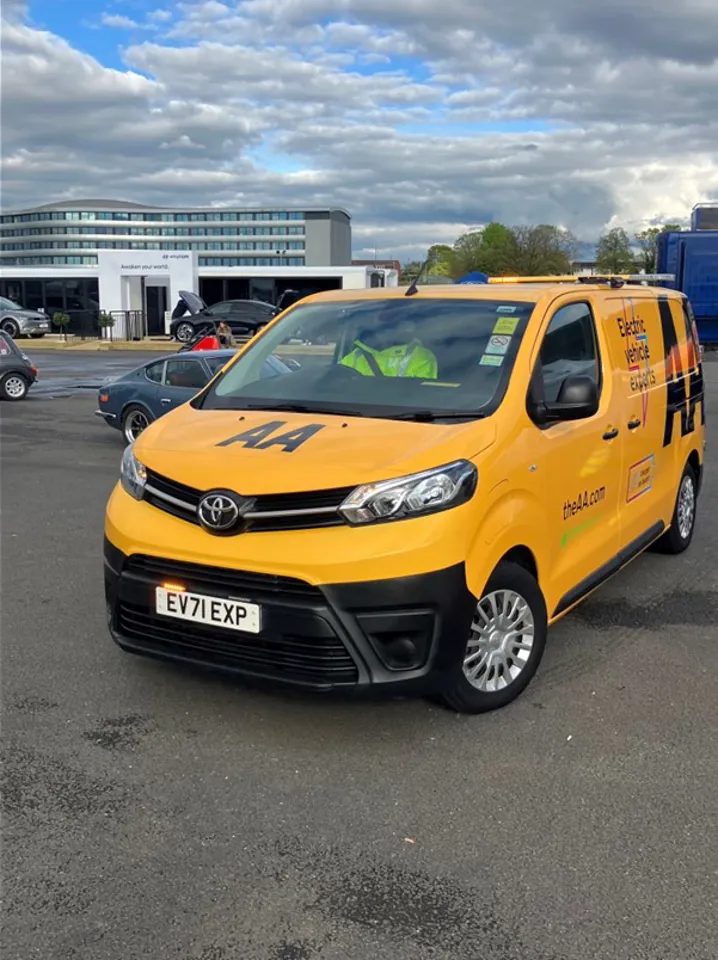A dozen electric vehicles (EVs) have joined the AA’s breakdown fleet of 2,500 vehicles, including three vans that are capable of mobile charging.
Two plug-in hybrids and a hydrogen vehicle complete the new look fleet of low emission breakdown vehicles to be used by the breakdown provider.
The vehicles are part of a trial, with some used across the traditional breakdown service, whereas others will specialise on certain faults such as misfuels and completing manufacturer recalls.
Three vehicles will be fitted with on-board EV chargers, enabling plug-in cars which run out of charge get to the nearest charger. On average, the units can add 25 miles of range within 60 minutes, to help get EV drivers on their way again.
Dean Keeling, managing director of roadside service at the AA, said: “This is a ground-breaking moment for the AA and the UK breakdown sector.
“By adding a fleet of electric vehicles into our roadside service, coupled with every patrol being trained to help EV breakdowns, we have truly cemented our place as the UK’s number one company for EVs providing whole-life assistance for drivers.”
Last year, the AA revealed its hydrogen fuel cell roadside breakdown vehicle – the Hyundai NEXO – to target breakdown jobs in ultra-low emission zones.
It designed the Nexo to be an operational roadside breakdown vehicle, carrying most of the tools, equipment, and spares that would be found on the rest of their yellow patrol fleet.
The SUV type vehicle has a fuel cell system combines oxygen and hydrogen to create a flow of electrons that powers the electric drive motor and charges the 1.56kWh high voltage battery.
The Nexo can fuel up in just five minutes and has a range of 414 miles (WLTP), allowing it to handle many of the 10,000 daily breakdowns it attends.
Edmund King, AA president, said: “The discussions about carbon reduction and zero emission vehicles have tended to concentrate on Battery Electric Vehicles (BEVs).
“At the AA we are investing in electric vehicles but believe that there will be a role for hydrogen and possible synthetic fuels in the future, especially for business fleets.
“We want patrols to pilot this hydrogen fuel cell vehicle to see what lessons we can learn. We believe hydrogen might be used for our bigger tow trucks in the future.”




















Login to comment
Comments
No comments have been made yet.